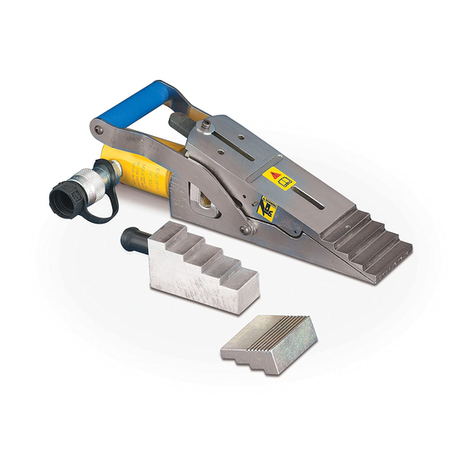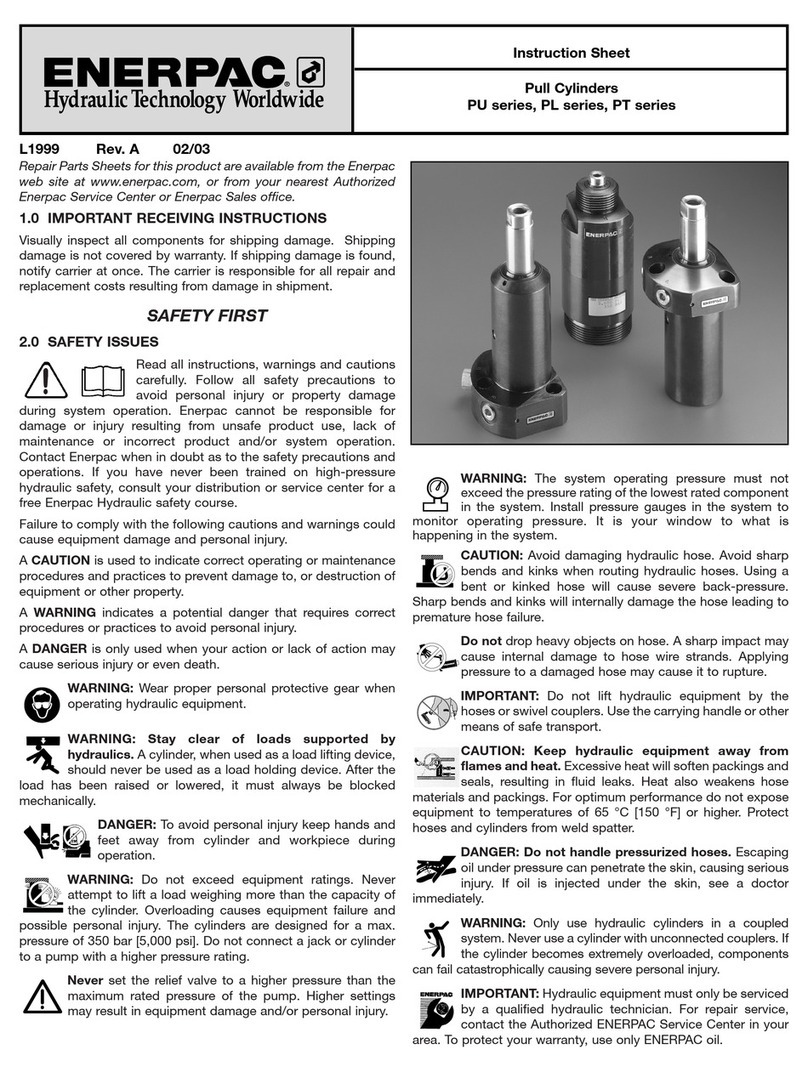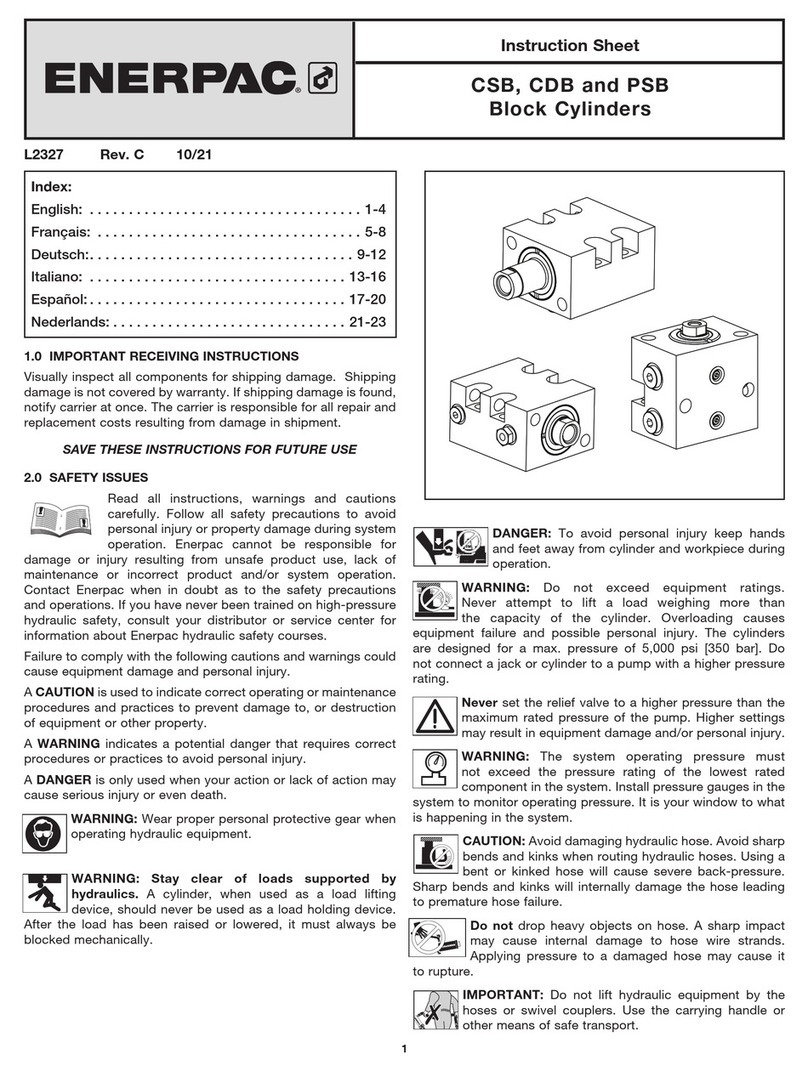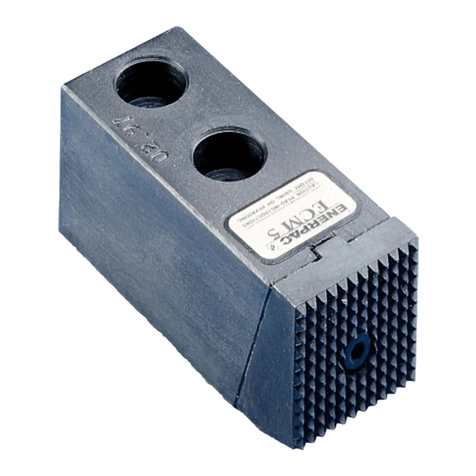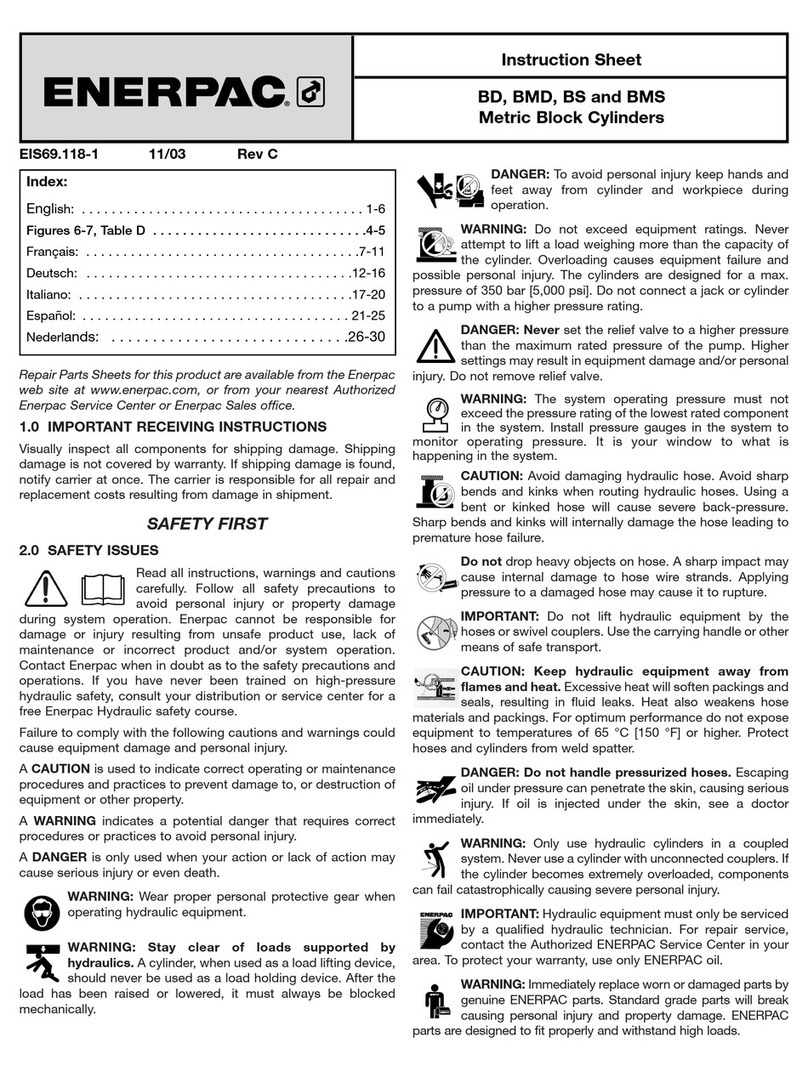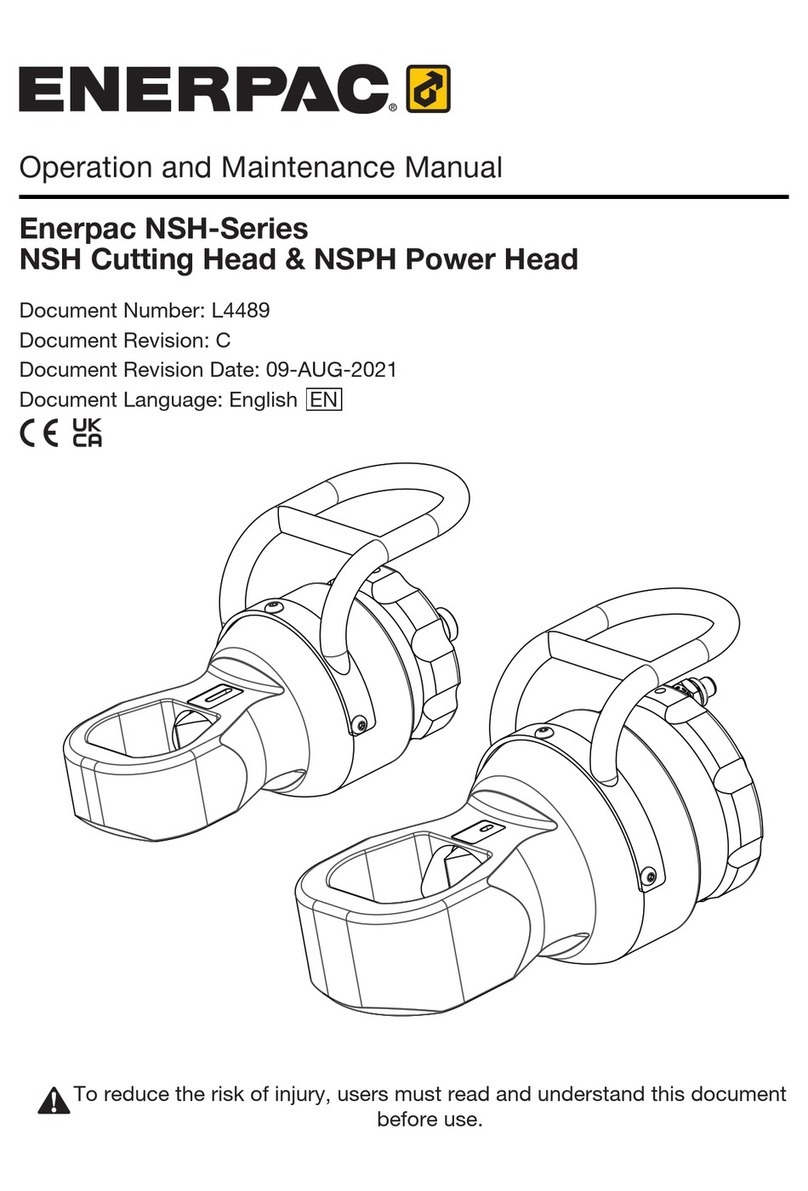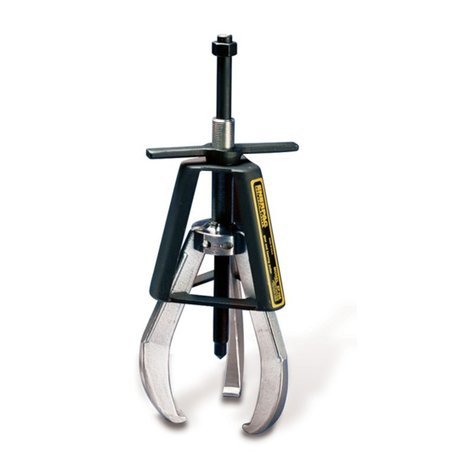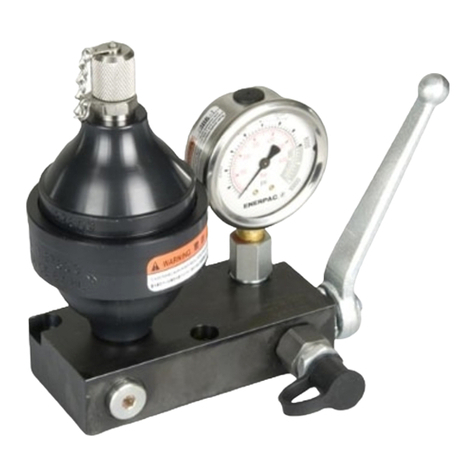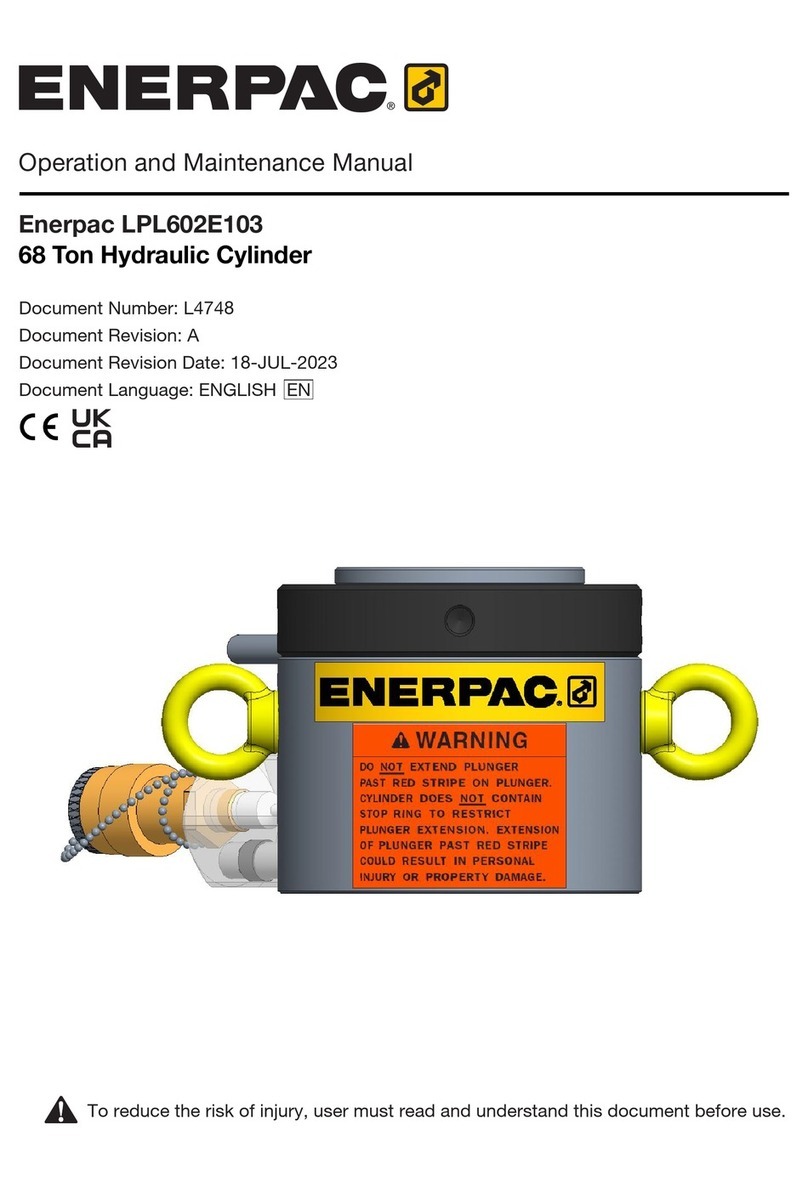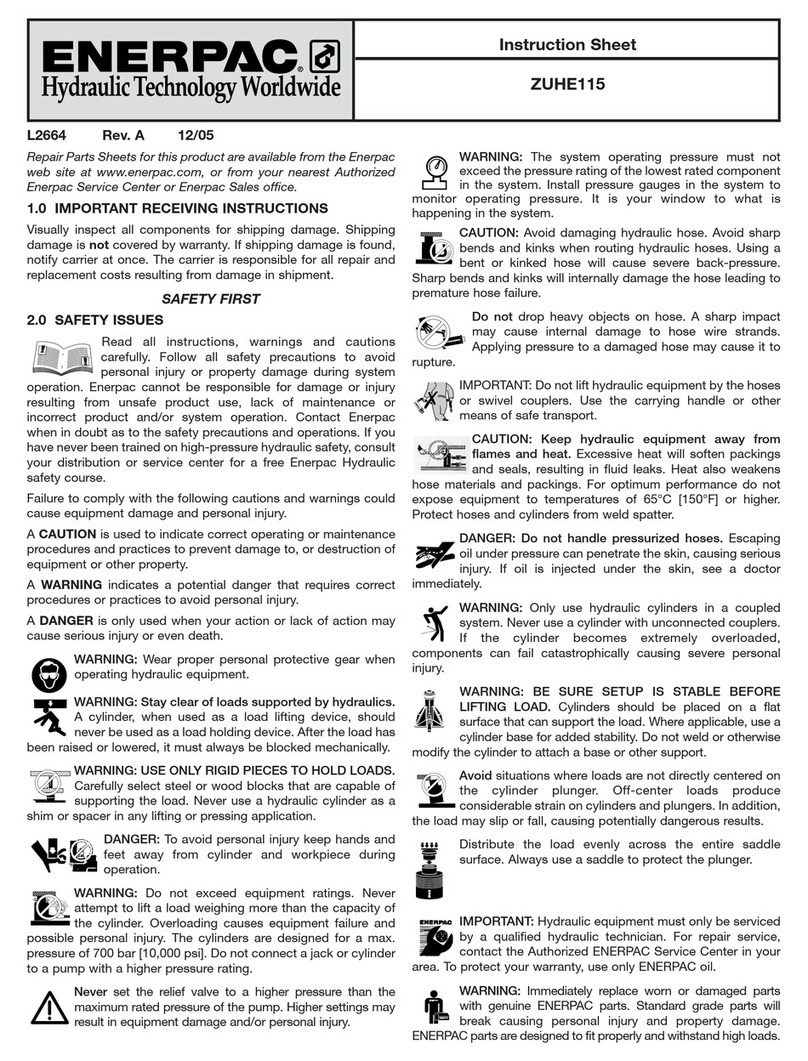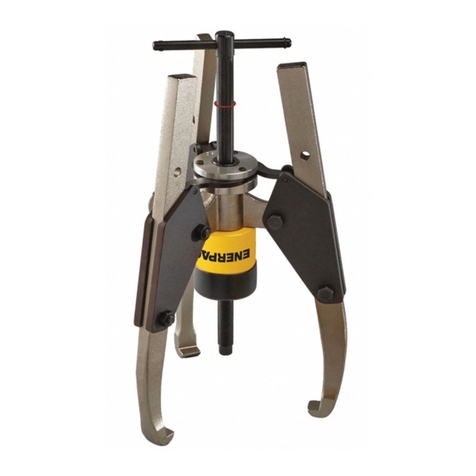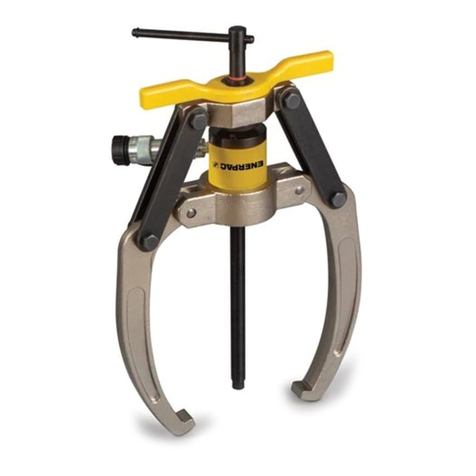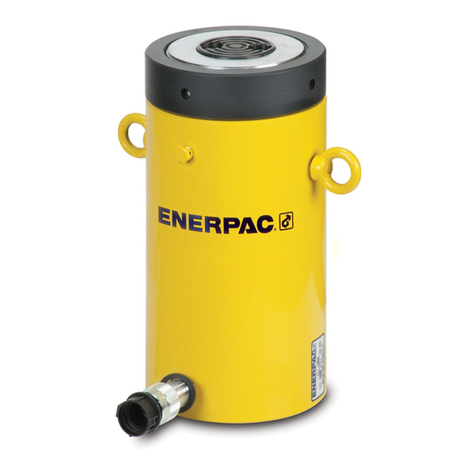
POWERFUL SOLUTIONS. GLOBAL FORCE.
Instruction Sheet
Hydraulic Cylinders
L1608 Rev. H 08/16
Index:
English ......................................................... 1-4
Français........................................................ 5-8
Deutsch...................................................... 9-12
Italiano ..................................................... 13-16
Español.................................................... 17-20
Nederlands............................................... 21-24
Português................................................. 25-28
Suomi....................................................... 29-32
Norsk ....................................................... 33-36
Svensk ..................................................... 37-40
中文.......................................................... 41-44
日本語 .................................................... 45-47
Русский ................................................... 48-51
Polish ...................................................... 52-55
Repair Parts Sheets for this product are available from
the Enerpac web site at www.enerpac.com, or from
your nearest Authorized Enerpac Service Center or
Enerpac Sales oce.
1.0 IMPORTANT RECEIVING INSTRUCTIONS
Visually inspect all components for shipping damage.
Shipping damage is not covered by warranty. If
shipping damage is found, notify carrier at once. The
carrier is responsible for all repair and replacement
costs resulting from damage in shipment.
SAFETY FIRST
2.0 SAFETY PRECAUTIONS
Read all instructions, warnings
and cautions carefully. Follow all
safety precautions to avoid
personal injury or property damage during system
operation. Enerpac cannot be responsible for damage
or injury resulting from unsafe product use, lack of
maintenance or incorrect product and/or system
operation. Contact Enerpac when in doubt as to the
safety precautions and operations. If you have never
been trained on high-pressure hydraulic safety,
consult your distribution or service center for a free
Enerpac Hydraulic safety course.
Failure to comply with the following cautions and
warnings could cause equipment damage and
personal injury.
A CAUTION is used to indicate correct operating or
maintenance procedures and practices to prevent
damage to, or destruction of equipment or other
property.
A WARNING indicates a potential danger that
requires correct procedures or practices to avoid
personal injury.
A DANGER is only used when your action or lack of
action may cause serious injury or even death.
WARNING: Wear proper personal protective
gear when operating hydraulic equipment.
WARNING: Stay clear of loads supported
by hydraulics. A cylinder, when used as a
load lifting device, should never be used
as a load holding device. After the load has
been raised or lowered, it must always be blocked
mechanically.
WARNING: USE ONLY RIGID PIECES
TO HOLD LOADS. Carefully select steel
or wood blocks that are capable of
supporting the load. Never use a hydraulic
cylinder as a shim or spacer in any lifting or pressing
application.
DANGER: To avoid personal injury
keep hands and feet away from
cylinder and workpiece during
operation.
WARNING: Do not exceed equipment
ratings. Never attempt to lift a load
weighing more than the capacity of the
cylinder. Overloading causes equipment
failure and possible personal injury. The cylinders are
designed for a max. pressure of 10,000 psi [700 bar].
Do not connect a jack or cylinder to a pump with a
higher pressure rating.
Never set the relief valve to a higher
pressure than the maximum rated pressure
of the pump. Higher settings may result in
equipment damage and/or personal injury.
WARNING: The system operating pressure
must not exceed the pressure rating of the
lowest rated component in the system.
Install pressure gauges in the system to
monitor operating pressure. It is your window to what
is happening in the system.
CAUTION: Avoid damaging hydraulic
hose. Avoid sharp bends and kinks when
routing hydraulic hoses. Using a bent or
kinked hose will cause severe back-pressure. Sharp
bends and kinks will internally damage the hose
leading to premature hose failure.
1
